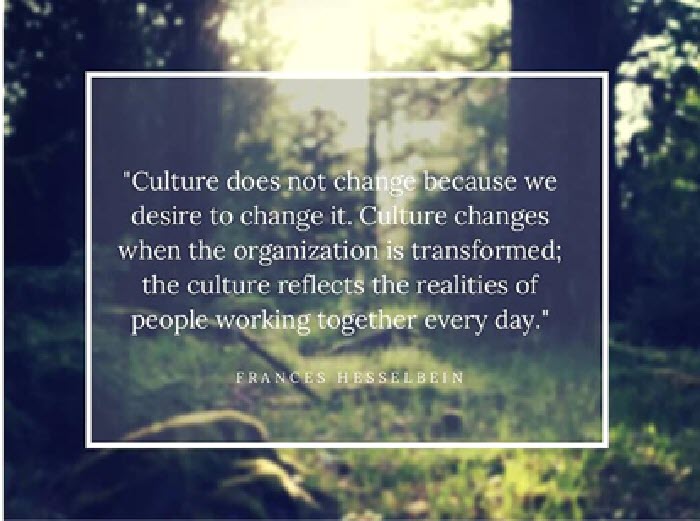
The following is a compilation of key learnings and advice from Dale Carnegie’s timeless classic How to Win Friends and Influence People. This was compiled by my good friend Ling Zhang, a partner at FORVIS, a “Big 8” financial services and accounting firm. Lots of great nuggets in here to put into practice in 2024. ENJOY!
Rules:
1. Avoid arguments
2. Never tell the other person, “You’re wrong.”
3. If you are wrong, admit it
4. Begin in a friendly way; A drop of honey; Gentleness and friendliness are always stronger than fury and force
5. Get the other person to agree with you immediately
6. Let the other person do most of the talking
7. Let the other person have ownership of the ideas
8. Try to see things from the other’s point of view
9. Be sympathetic to the other person’s ideas and desires
10. Appeal to the nobler motives
11. Dramatize your ideas; TV shows and movies do it
12. Challenges generate excitement
13. Do this you will be welcome everywhere: show a genuine interest in other people, and help others without asking for returns
14. Make a good first impression: A smile is the best ornament you can wear
15. A person’s name is the sweetest and most important sound in any language to him or her
16. Become a good conversationalist; Be a good listener <To me, this is the most important point>
17. How to interest people: Talk in relation to other person’s interests
18. How to make people like you instantly
◦ Make the other person feel important
19. Begin with praise
20. How to criticize – and not be hated for it
◦ Call attention to people’s mistakes indirectly
21. Talk about your own mistakes first
◦ Before criticizing the other person, talk about your own mistakes
22. No one likes to take orders
◦ Ask questions instead of giving direct orders
23. Let the other person save face
24. To be a more effective leader, praise every improvement
◦ Appreciation and recognition
25. Give the other person a good reputation to live up to
26. Make the fault seem easy to correct: use encouragement
27. Making people happy about doing whatever you suggest
28. Think before you criticize
◦ Don’t condemn, complain, or criticize.
◦ Understand why they do what they do, it breeds sympathy, tolerance, and kindness
29. The big secret of dealing with people
◦ There is one way to get anybody to anything is by giving you what you want
◦ The deepest urge in human nature is “the desire to be important”
◦ Important: compliments and appreciation,
◦ Appreciation should be honest, not just flattery
30. Understand the Other’s point of view
◦ We are interested in what we want
◦ “If there is any one secret of success, it lies in the ability to get the other person’s point of view and see things from that person’s angle as well as from your own
◦ Arouse in the other person a desire for the object
Hope you enjoyed it; let me know which of these resonated with you and which ones you’ll be more mindful of in the coming year!


:max_bytes(150000):strip_icc():format(webp)/charlie-munger_final-f94bc90f6af74c21a3f29d90ef20b487.jpg)







/cmo-Sarah-Polk.jpg?width=200&name=cmo-Sarah-Polk.jpg)

